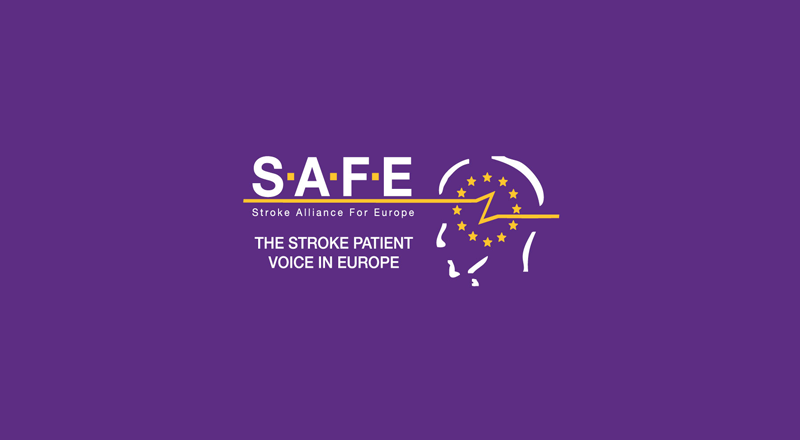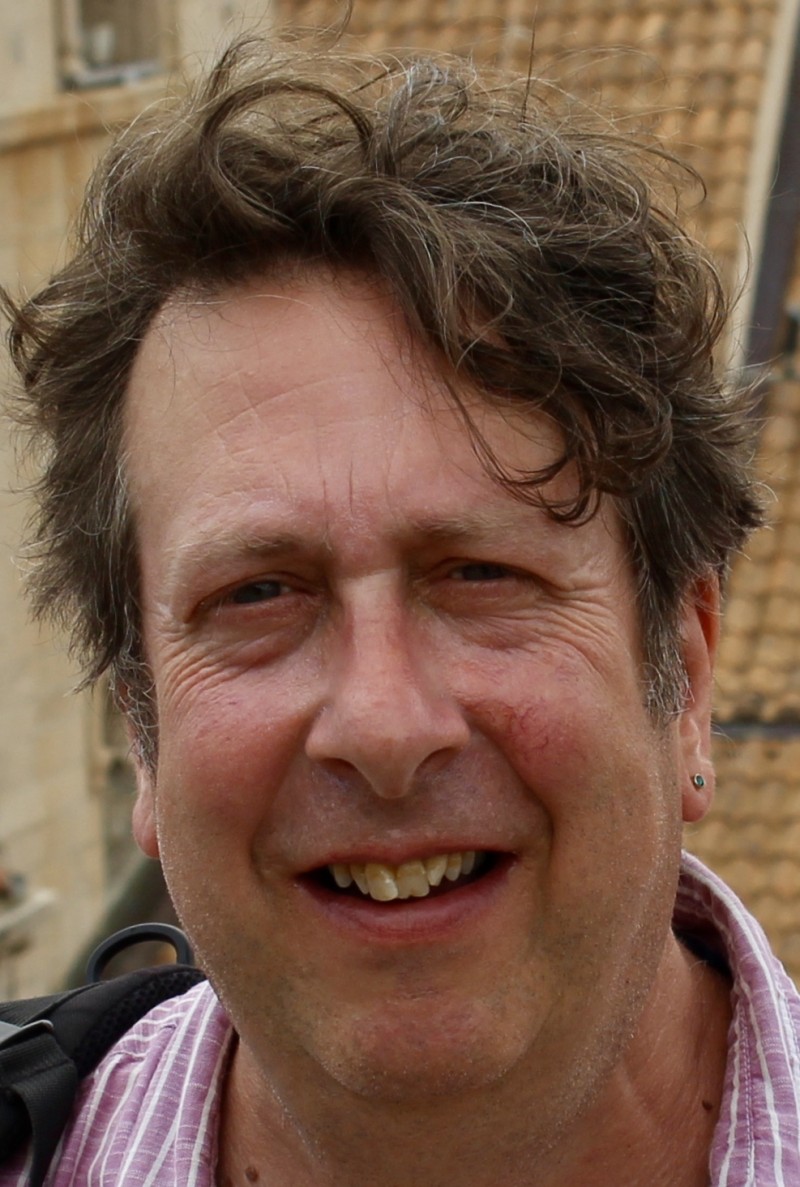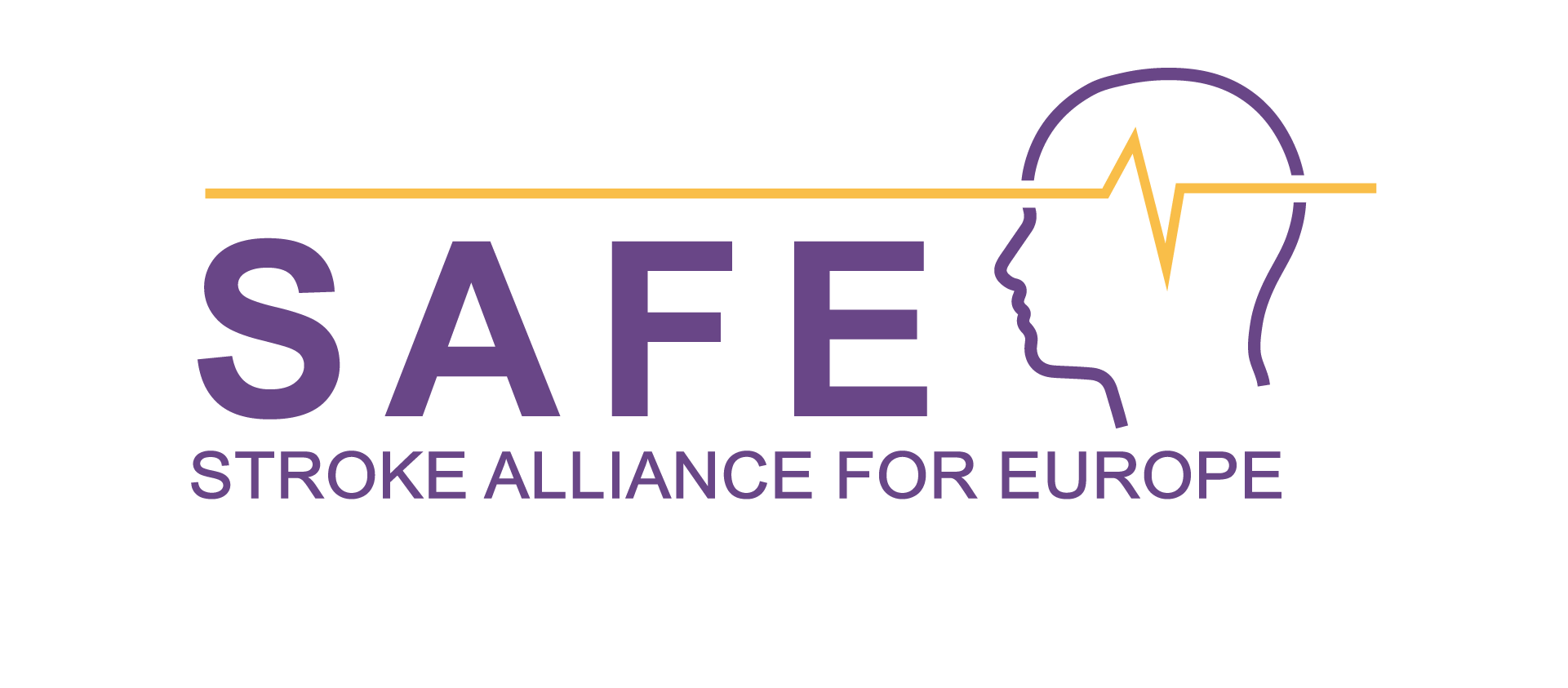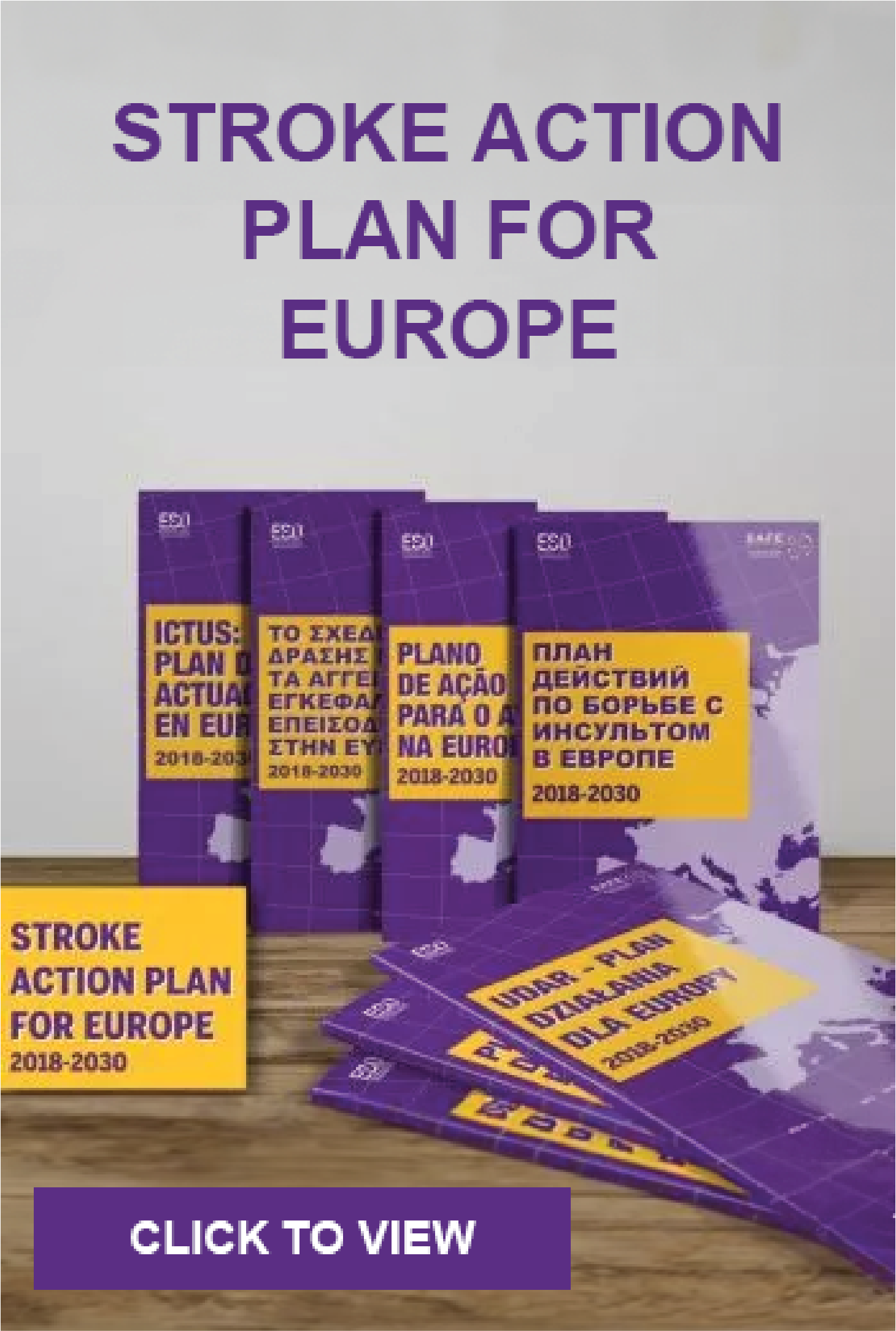
Nov 25, 2017
Postmenopausal hormone therapy is not associated with increased risk of stroke, provided that it is started early, according to a report from Karolinska Institutet in Sweden published in the journal PLOS Medicine.
Roughly three in ten women in the menopause transition are afflicted by symptoms that seriously affect their wellbeing, such as hot flushes, dry mucosa and insomnia. However, although the symptoms can be treated effectively with female sex hormones, prescriptions have been low over the past 15 years as researchers have demonstrated a link between such therapy and an increased risk of certain diseases, including stroke. (more…)

Nov 23, 2017
In the fight against brain damage caused by stroke, researchers have turned to an unlikely source of inspiration: hibernating ground squirrels.
While the animals’ brains experience dramatically reduced blood flow during hibernation, just like human patients after a certain type of stroke, the squirrels emerge from their extended naps suffering no ill effects. Now, a team of NIH-funded scientists has identified a potential drug that could grant the same resilience to the brains of ischemic stroke patients by mimicking the cellular changes that protect the brains of those animals. The study was published in The FASEB Journal, the official journal of the Foundation of American Societies for Experimental Biology. (more…)

Nov 22, 2017
Using virtual reality therapy to improve arm and hand movement after a stroke is equally as effective as regular therapy, according to a study published in the November 15, 2017, online issue of Neurology®, the medical journal of the American Academy of Neurology.
“Virtual reality training may be a motivating alternative for people to use as a supplement to their standard therapy after a stroke,” said study author Iris Brunner, PhD, of Aarhus University, Hammel Neurocenter in Denmark. “Future studies could also look at whether people could use virtual reality therapy remotely from their homes, which could lessen the burden and cost of traveling to a medical center for standard therapy.” (more…)

Nov 20, 2017
Heart attack and stroke patients without medical insurance face “devastating” health care costs that can bankrupt them, research from UT Southwestern and other centers shows.
“Many patients with large medical bills may have had to declare bankruptcy, sell their home, and be hounded by medical bill collectors as they struggled to juggle rent or mortgage payments while paying for utilities and food,” said cardiologist Dr. Rohan Khera, an Internal Medicine fellow at UT Southwestern Medical Center and co-first author of the paper, “Medical expenses are the leading cause of bankruptcy in the United States.” (more…)

Nov 18, 2017
SAFE member organisations did tremendous work around World Stroke Day 2017
SAFE members wholeheartedly supported the “What’s your reason?” campaign, taking into account their specific capacities, through use of texts, visuals and other material produced by WSO for this purpose.
At the same time, we used the opportunity to convey our own messages based on the Burden of Stroke Report findings, related to the lack of prevention and stroke awareness campaigns in Europe, as well as the underestimated danger coming from the three biggest stroke risk factors- blood pressure, AF and high cholesterol. (more…)

Nov 17, 2017
Having worked for the Stroke Association in the UK for ten years, I had a pretty good understanding of the differences in stroke care across Europe. But it wasn’t until I starting editing SAFE’s Burden of Stroke report earlier this year, that the stark inequalities became clear.
It is outrageous to me that your chance of dying from a stroke varies so much, simply due to where you live. As well as causing heartache to tens of thousands of people, not providing good stroke care is a heavy burden on society as a whole. And what good is expensive research into the best stroke prevention, treatment and support, if the findings are not implemented? (more…)







